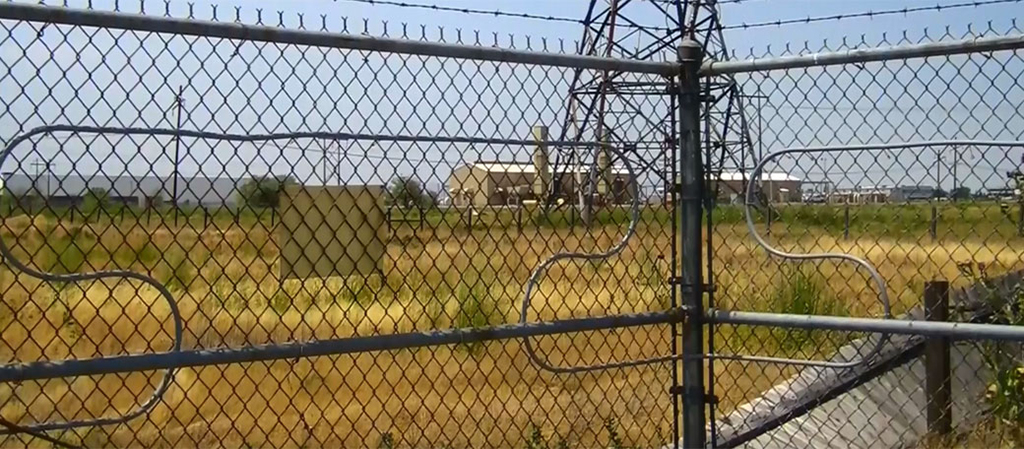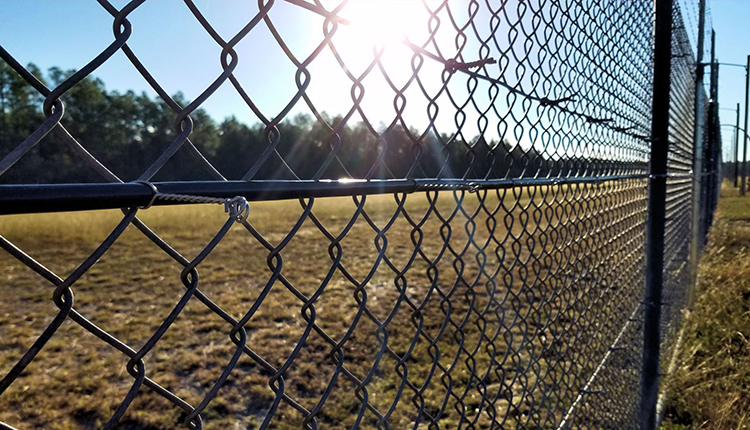The Process of Installing a Fiber Optics Infrastructure for Security Installations in Your Building
The Process of Installing a Fiber Optics Infrastructure for Security Installations in Your Building
Blog Article
Why Fiber Optic Security Solutions Are the Future of Protection
The change to fiber optic protection systems notes a considerable development in the realm of security, driven by their extraordinary data transmission capabilities and durability to exterior disturbances. As the landscape of protection advances together with arising technologies such as AI and IoT, the capacity for fiber optics to boost and redefine safety frameworks ends up being significantly obvious.
Advantages of Fiber Optic Equipments
Among the key advantages of fiber optic systems is their premium bandwidth capability, which promotes the transmission of huge volumes of information over fars away without significant loss. This characteristic is specifically beneficial for safety applications that require the constant monitoring and transfer of high-definition video clip feeds, sensing unit data, and various other critical details. Optical fiber can suit the expanding demands of modern safety and security systems, ensuring that information continues to be undamaged and trustworthy.
In addition, fiber optic cords are much less prone to electromagnetic disturbance, which can be a considerable problem in settings with different digital tools. This resistance improves the honesty of the data being sent, thereby lessening the risk of information violations or system failings. In addition, fiber optic systems are naturally extra safe and secure than standard copper cords, as using a fiber optic line without detection is extremely challenging.
The sturdiness of fiber optic cords additionally adds to their charm. They are immune to ecological elements such as wetness and temperature level variations, lowering maintenance costs and increasing system durability. Generally, these advantages position fiber optic systems as a durable and reliable option for modern-day safety and security frameworks, guaranteeing trustworthy and safe and secure data transmission.
Enhanced Information Transmission Rate

The capability to send huge amounts of information rapidly promotes the seamless combination of high-def video clip feeds and progressed analytics. Protection systems can now refine and assess information in real-time, improving response times and situational awareness. In addition, fiber optic links support longer transmission ranges without degradation of signal high quality, making them excellent for large safety networks.
The raised rate of fiber optic systems not only boosts the efficiency of safety and security operations yet additionally minimizes latency. This is especially crucial in vital situations where timely decision-making can prevent security breaches or reduce possible threats. As companies continue to focus on security and efficiency, the need for fast and reputable data transmission will certainly strengthen fiber optic systems as a keystone of contemporary safety facilities.
Resistance to Disturbance
Fiber optic security systems constantly demonstrate outstanding resistance to electromagnetic disturbance, a crucial advantage in environments prone to electronic noise. Unlike standard copper cable televisions, which can be adversely influenced by electro-magnetic areas, superhigh frequency disturbance, and other kinds of electric disturbance, fiber optic wires make use of light to transfer data. This fundamental building makes sure that the signals continue to be clear and unchanged, no matter of surrounding digital activity.
Using glass or visit this page plastic fibers in fiber optic modern technology develops an obstacle versus interference, permitting trusted information transmission also in difficult circumstances such as industrial facilities, metropolitan areas with high electronic web traffic, or areas near radio towers. This particular considerably minimizes the probability of signal deterioration or loss, making fiber optic systems specifically suitable for security applications where honesty and precision of information are vital.
Furthermore, this resistance to interference improves the general performance and reliability of security systems, making certain that monitoring and alert systems function seamlessly. In a globe where security is increasingly intimidated by sophisticated modern technologies, the resilience of fiber optic systems stands apart as an essential attribute, enhancing their status as a crucial part of contemporary safety and security facilities.
Cost-Effectiveness Over Time
Substantial cost financial savings can be accomplished with time with the application of fiber optic protection systems. While the preliminary investment might appear higher compared to typical copper-based systems, the long-lasting monetary advantages emerge via lowered functional and maintenance expenses (fiber security). Fiber optic cable televisions are inherently more resilient and less prone to environmental factors, which equates to reduce replacement and repair service costs over their life expectancy
In addition, fiber optic see this site systems need much less power to operate, which better decreases energy expenses. Enhanced information transmission abilities allow for fewer repeaters and amplifiers, decreasing tools financial investment and simplifying setup procedures. The scalability of these systems also adds to cost-effectiveness, as companies can increase their security facilities without incurring considerable added expenditures.
Another factor to take into consideration is the raised effectiveness in monitoring and action capacities that optical fiber supply. Boosted real-time information transmission can cause quicker occurrence feedback times, possibly mitigating losses and responsibilities related to safety and security breaches. In amount, the lasting benefits of fiber optic safety systems not just justify the first expenditure but additionally position them as a financially sensible selection for organizations looking for robust protection solutions.

Future Technologies in Security
Progressing modern technologies are readied to revolutionize security systems, integrating man-made intelligence (AI) and artificial intelligence to boost hazard detection and reaction abilities. These technologies will permit security systems to evaluate large quantities of information in real-time, determining patterns and abnormalities this post that show potential threats. This positive technique will certainly allow quicker decision-making and more reliable case feedbacks.
Furthermore, the incorporation of the Internet of Things (IoT) is paving the method for interconnected safety and security gadgets, providing thorough monitoring and monitoring. Smart sensors can pass on info about ecological modifications, while automated notifies can alert safety employees right away of questionable activities.
Furthermore, the evolution of biometric technologies will certainly further strengthen safety and security devices. Facial recognition, finger print scanning, and retina recognition are becoming much more innovative, offering layers of authentication that are hard to bypass.
Final Thought
Finally, fiber optic safety systems represent a substantial development in defense modern technology, offering unequaled information transmission speed, resistance to electro-magnetic interference, and long-lasting cost-effectiveness. As the need for sophisticated safety options remains to grow, the integration of fiber optics with emerging innovations such as AI, IoT, and biometrics will certainly even more improve safety facilities (fiber security). The combination of these technologies will certainly make certain an extra secure and responsive atmosphere, strengthening fiber optics as a foundation of future safety and security systems
Report this page